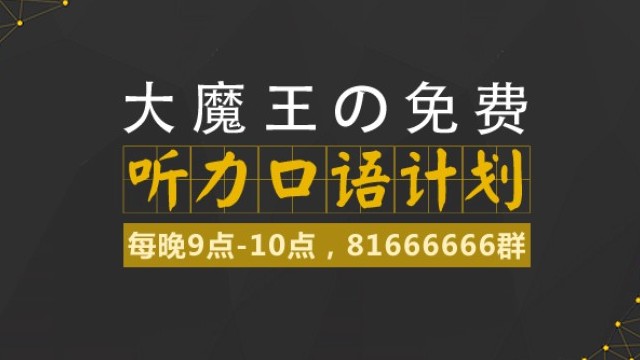You’ve seen it on TV. Crime scene investigators ____1____ what might be a murder scene. There are blood ____2____ — but no body. Who’s the victim? Now, a new technique developed in the Netherlands might help real-world investigators establish the age of the victim using only blood. The research was published in the journal Current Biology.
Usually, age is determined by physical characteristics, such as teeth or bones. Great—if you have a body. Researchers have tried unsuccessfully to use blood. But in this study, the scientists used immune cells called T-cells. T-cells ____3____ receptors that match molecules on bacteria, viruses, even tumors. The cellular activity that produces these receptors also produces a type of circular DNA molecule as a by-product.
The number of these receptor by-products declines regularly over time. So scientists devised a test to measure the molecules — and use that to infer someone’s age based on his or her blood. The results appear to ____4____ nine years. So forensic scientists could use a bloodstain to ____5____ a victim’s age to ____6____ two decades. That’s a big range—but it could help solve crimes when the victims can’t be found.
【視聽版科學小組榮譽出品】
show up at
spatters
recognize invaders through
be accurate to within plus or minus
narrow
within
CSI:僅用血跡估測受害者年齡
你一定在電視上看到過這樣的畫面:在兇案現(xiàn)場總會出現(xiàn)犯罪現(xiàn)場調查員的身影?���,F(xiàn)場四處血污,但是并無尸體����。那么到底誰是受害者呢?如今����,根據《當代生物學》刊登的研究結果,一項在荷蘭研究而成的新技術或許可以幫助現(xiàn)實世界的調查人員利用血跡來確定受害者的年齡�����。
通常情況下,年齡是通過人的身體外表特征�����,如牙齒或骨骼����,來測定的����。這當然再好不過了——只要你尸骨仍存。研究人員一直嘗試利用血液測定年齡�����,但未曾成功�����。不過在這項研究中����,科學家們利用了一種被稱為T細胞的免疫細胞。T細胞通過受體來識別外來入侵物,這些受體會抵御細菌���、病毒�、甚至是腫瘤分子��。而產生這些受體的細胞活性也會制造副產品——一種環(huán)狀DNA分子�。
隨著時間的推移,這些受體副產品的數量會逐漸下降���。據此����,科學家們設計了一種測試方法來檢測分子��,并利用它以某人的血液來推斷其年齡����,測定結果能精確到上下9年內。這樣���,法醫(yī)可以利用血跡是受害者的年齡范圍縮小到20年以內���。這個范圍很大——但在受害者失蹤的情況下會有利于破案�����。











